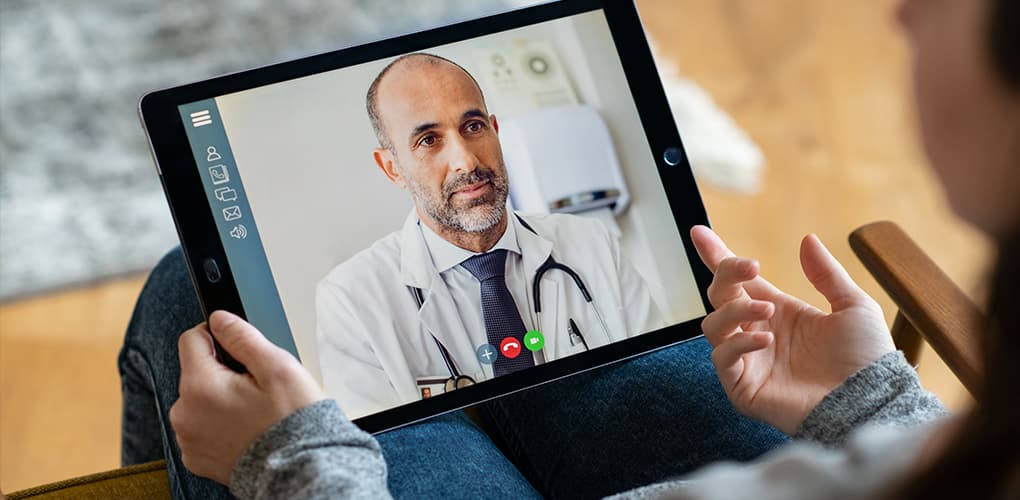< Back to Publications & Resources
New Guidance on Glucose Monitoring Tools Can Help Diabetic Patients Exercise Safely

Physicians can now turn to new guidance when advising diabetic patients on how to use modern glucose monitoring devices to exercise safely. Drafted by researchers at Swansea University and endorsed by international experts, the recommendations, reports Science Daily, are a crucial resource for healthcare professionals helping patients with type 1 diabetes obtain the benefits of physical activity, while minimizing risk associated with fluctuating blood glucose levels.
As outlined by Science Daily, “physical exercise is an important component in the management of type 1 diabetes,” however, “the blood sugar response can be difficult to predict, with exercise sometimes increasing the risk of falling blood sugar levels — known as hypoglycemia — or other times causing blood sugar to rise.” Furthermore, glucose tracking tools, including the continuous glucose monitoring (CGM) and intermittently scanned continuous glucose monitoring (isCGM) systems, are complex and difficult to decipher, both for doctor and patient.
The new protocol, published in a recent edition of Diabetologia and Pediatric Diabetes, outlines important consideration for how adults, children and adolescents with type 1 diabetes should use CGM and isCGM readings before, during and after exercise. For example, says the paper, physicians should direct adult diabetic patients to suspend exercise if the sensor glucose level reaches <3.9 mmol/l (<70 mg/dl) and, if below 3.0 mmol/l (54 mg/dl), then exercise should not be restarted. Additionally, the researchers list safe glycemic ranges and specific carbohydrate consumption to help inform individual recommendations shared during consultations.
Physicians should feel confident when providing patients with type 1 diabetes direction on exercise because, as explained by Swansea University School of Sports and Exercise Science’s Richard Bracken, the guidance is based on “years of research into the strengths and limits of modern glucose monitoring devices.”
MLMIC policyholders are advised to follow the evolution of these monitoring tools and guidelines for exercise in adults, children, and adolescents with type 1 diabetes.



